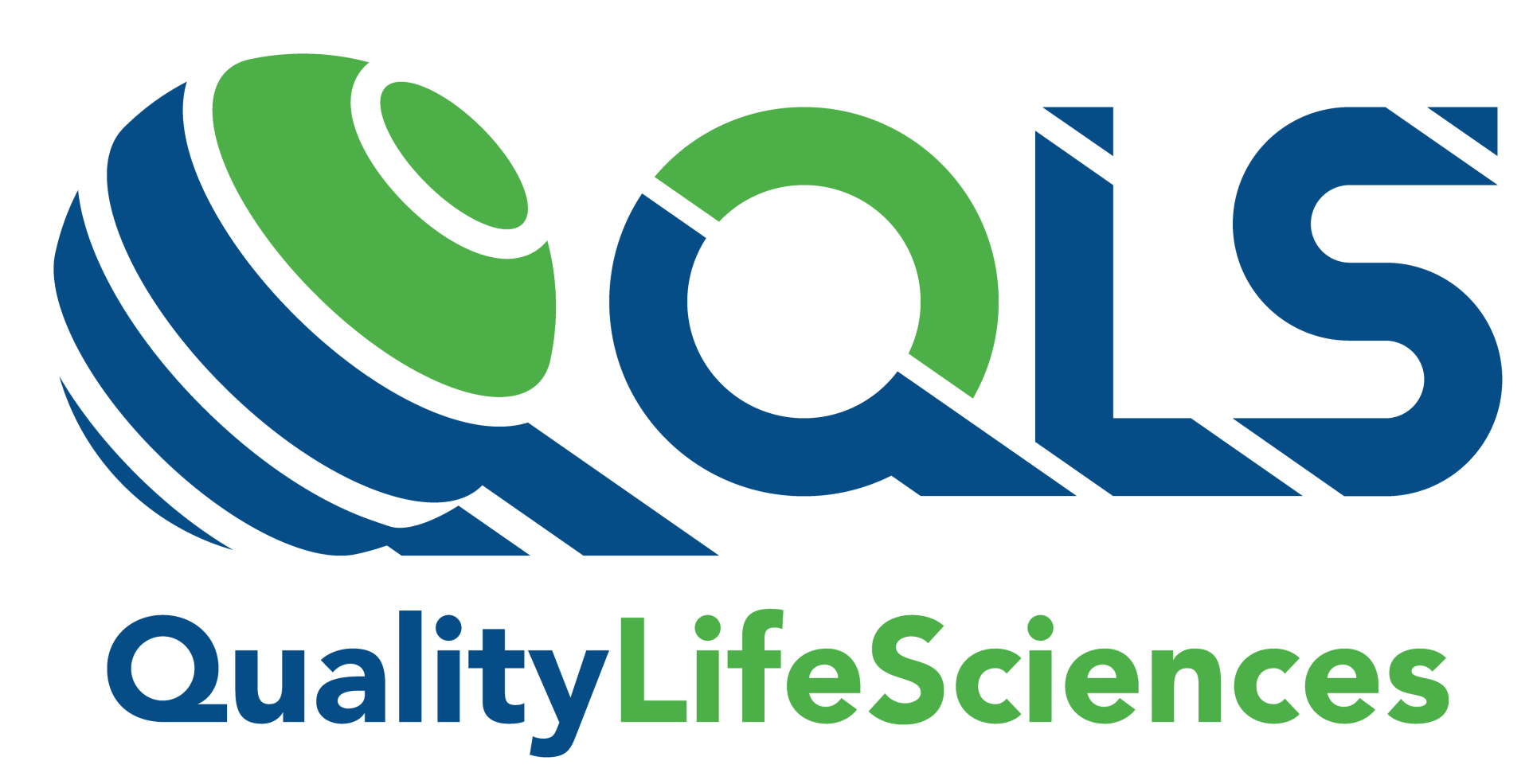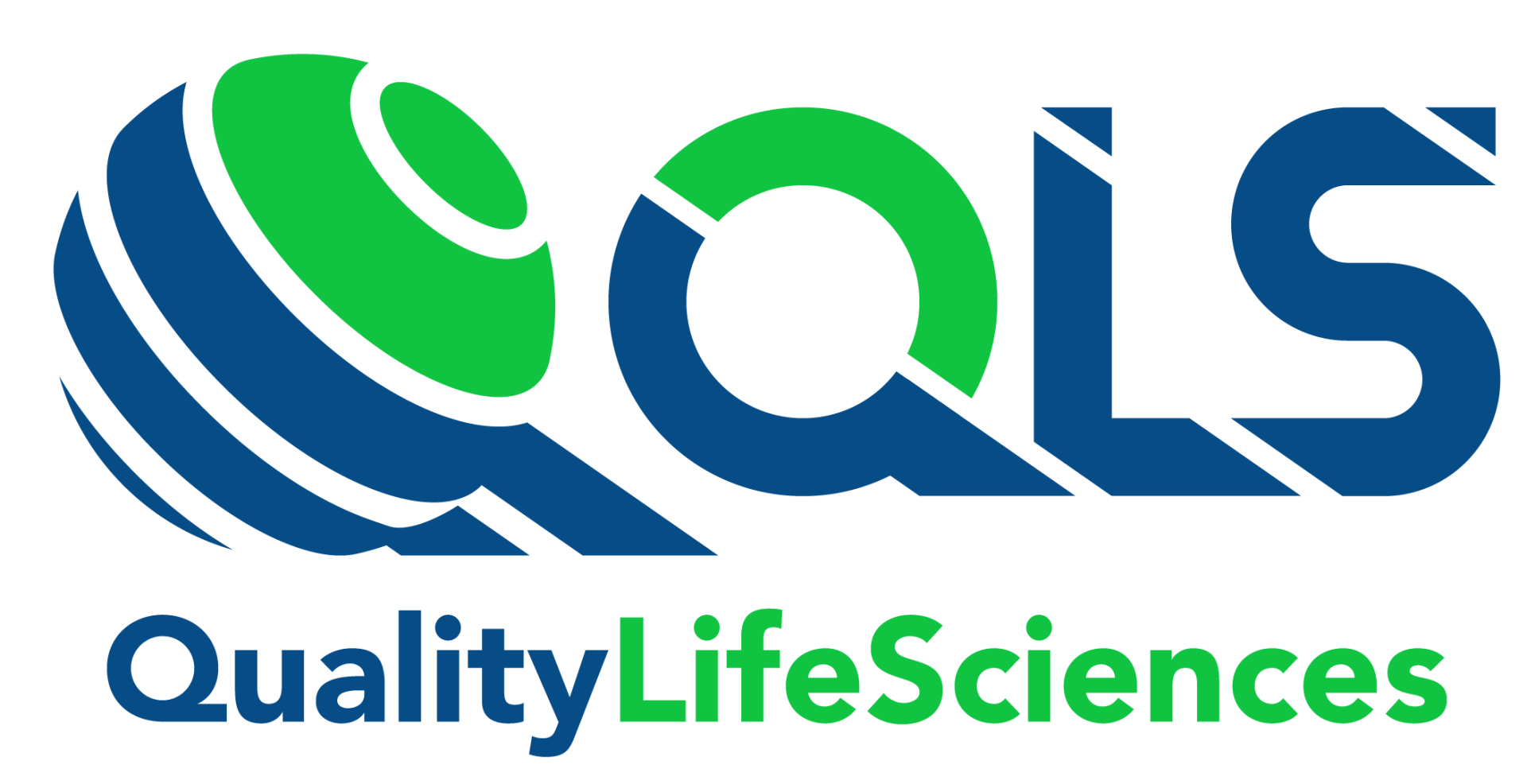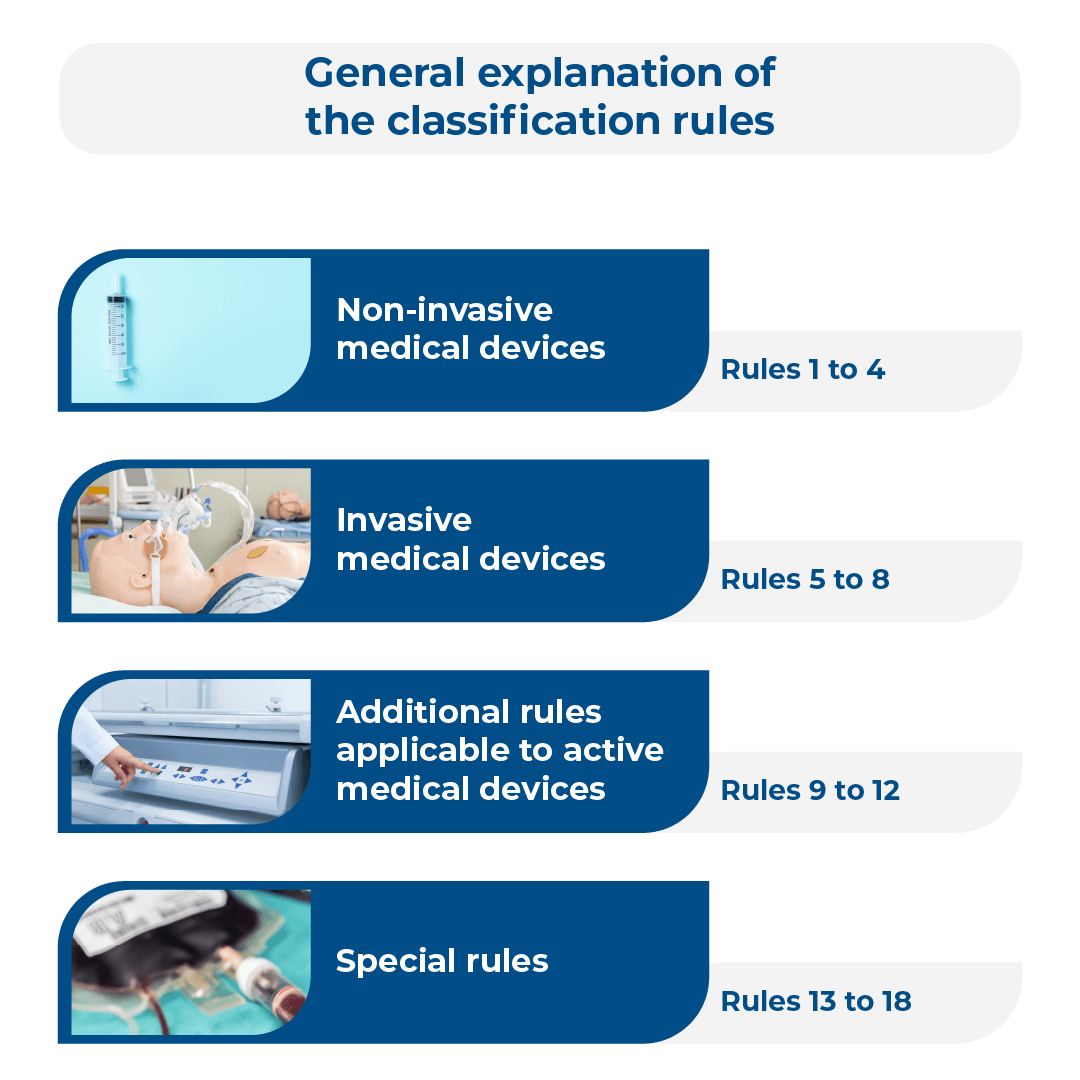Health Products / Medicinal Devices
What are health products
Health products are the devices used to perform medical, dental, physiotherapeutic or aesthetic procedures, used for diagnosis, treatment and monitoring of patients and that do not use pharmacological, immunological or metabolic means to perform their main function in humans, being able, however, be assisted in their duties by such means.
Types of medical products
Medical products are separated as follows:
- Active medical product;
- Active medical product for diagnosis;
- Active medical product for therapy;
- Single-use medical product;
- Invasive medical product;
- Surgically invasive medical product
Medical products are classified according to the intensive risk they represent to the health of the consumer, patient, operator or third parties involved, in Classes I, II, III or IV.
Some criteria are defined for product classification to take place.
Division by risk classes
Firstly, it highlights the risk classes, according to how the product is associated with its use:
- Class I: Low risk
- Class II: Medium risk
- Class III: High risk
- Class IV: Maximum risk
Framing by rules - Along with risk classification, the classification of health products also occurs by framing by rules, which is related to the indication and purpose of using the material.
Equipment for use in health
They are essential for carrying out certain tests and procedures that are important for the patient.
Examples of equipment for use in health are: MRI equipment, tomograph, electrocardiograph, ultrasound equipment, x-ray machine, electro stimulator, tanning bed, cardiac pacemaker, exercise bike, among others.
INMETRO Certificate of Conformity
Some medical equipment needs to present the INMETRO Certificate of Conformity or a Consolidated Test Report when requesting regularization with Anvisa. These equipments are those that meet the criteria indicated in NORMATIVE INSTRUCTION No. 49, OF NOVEMBER 22, 2019 and its subsequent alterations, or another that may replace it. The specific legislation dealing with Certification and the Consolidated Report is RESOLUTION - RESOLUTION-RDC No. 27, OF JUNE 21, 2011.
To certify the conformity of this equipment or issue the aforementioned report, the Product Certification Bodies - OCP, accredited by INMETRO, should be contacted. More information at: www.inmetro.gov.br.
Economic information report
Some medical equipment is subject to the submission of the Economic Information Report to the area of economic regulation, when the protocol, at Anvisa, of the registration request.
Material for medical use
They are those items used in day-to-day medical care that cannot be reused and need to have the stocks replenished periodically. They are fundamental articles in any type of procedure and, because they are used only once, they offer more safety to patients, since they avoid the risk of contamination.
It is not only in hospitals that these materials are needed. They must also be present in health centers, doctors' offices, clinics and in environments where there is a risk of contamination by biological material, fungi, microorganisms and other harmful agents.
These materials are also important for protecting professionals who are constantly in contact with patients. Among the most used items are disposable gloves, cap, aprons, mask, needles, surgical clothes and other materials.
As they are disposable, these articles are manufactured with less resistant materials, however they must be of sufficient quality to fulfill their function.
Some materials also fulfill the function of PPE's (Personal Protective Equipment) which are mandatory for the protection of professionals and patients.
Medical supplies can be understood as basic items for patient care: disposable aprons, caps, disposable gloves, syringes, bandages, surgical field and many other items.
Discover some medical materials and their applications:
- Bandages
Bandages are fabrics used to fix and protect dressings from external agents. There are some types of bandages that are used depending on the need and location of the wound. Some of them are:
- Gauze: made of thin and malleable fabric that facilitates the application on the wound to fix the dressing.
- Crepe bandage: they are more elastic, resistant and used for cases that need immobilization.
- Plastered bandage: made of thin fabric and hardened with plaster. It can be applied to bone fractures, muscle and other uses.
- Disposable apron
Disposable aprons are used by patients and doctors for their safety. They are part of the PPE (Individual Protection Equipment) that are developed to protect users against possible risks. It is important that this medical material is disposable, especially when it comes to surgical procedures.
- Disposable masks
Disposable masks are used for respiratory protection and are also part of Personal Protective Equipment. It is important to be used in surgical procedures and in certain cases to avoid contamination and proliferation of diseases that pass through breathing.
"In Vitro" Diagnosis
Diagnostic device "in vitro" (IVD), is any medical device that consists of a reagent, reagent product, set, instrument, device or system, used alone or combined, intended by the manufacturer to be used "in vitro" in the examination of samples from the human body, in order to obtain information about physiological states or states of health, disease, or congenital anomaly, that is, it is a tool that helps doctors in identifying diseases or in controlling a patient's health. These are tests that are performed outside the patient's body based on sample collection.
Examples of "In Vitro" Diagnostic Use Kits:
Reagent for the diagnosis of infectious diseases, biochemical measurements, hormonal measurements, among others.
Inspection / Certification
The Health Surveillance acts in the inspection and certification of the companies that manufacture, distributors, importers, exporters and transporters of health products in accordance with their own rules and legislation established by ANVISA. Checks the production process, storage, transport, techniques and methods used until the final consumption of these products.
For a health product to be manufactured in Brazil or imported for sale in the country, it is necessary for the manufacturer or importer / distributor to obtain the Operating Authorization (AFE), granted by ANVISA and Operating License (LF), granted by the local health surveillance.
Products subject to conformity certification under SBAC can only be imported and marketed with a valid Certificate of Conformity, respecting the date of manufacture of the product.
Expiration date
Products submitted for registration will be valid for 10 years, while products submitted to the notification regime are exempt from revalidation. Product notification is a simplified form of registration that requires less technical data for Anvisa's review. The maintenance of the register is linked to compliance with the requirements of Good Manufacturing Practices, applicable technical standards and specific regulations, if any.
After analysis of the registration petition by Anvisa, the result will be published in the Official Gazette - DOU. In addition to registration with Anvisa, some products require additional certifications in Brazil, such as the INMETRO Certification and must be submitted with the registration / notification petition.
The product registration process requires a comprehensive level of technical and clinical information provided for analysis by ANVISA, requires a Certificate of Good Manufacturing Practices and requests for renewal of product registration must be submitted at least 180 days (six months) before the registration expiry date.
Check out our other areas of expertise
- Medicines
- Personal hygiene, cosmetics and perfumes
- Sanitizing and Cleaning products
- Food and food supplements
- Veterinary products







